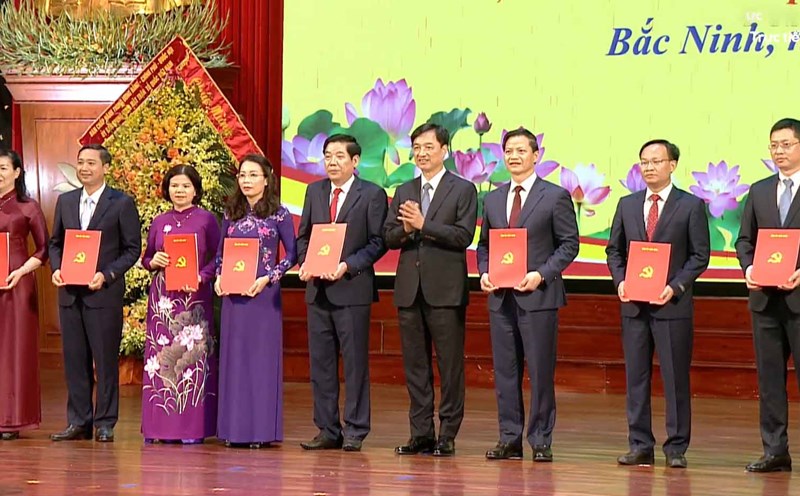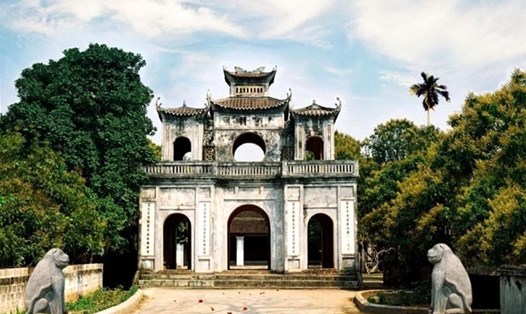Recently, Hung Yen province proposed to implement the Project "Construction and Restoration of Ancient Hanoi Street" with a total investment of more than 47,000 billion VND on an area of over 1,700 hectares, to restore the space of this ancient urban area.
In the past, Hanoi was once the busiest and busiest trading port in our country.
According to the book of Vietnamese History of the Yearbook (Hanoi Education Publishing House), the name of Hanoi Street comes from the word Hien of Hien Doanh or Hien Nam, which was the administrative agency of the ancient Son Nam town.
Historical documents record that it is likely that the name Hanoi Street first appeared in the 15th century, during the administrative reform of King Le Thanh Tong. But it was not until the 17th century that Hanoi became a political and economic center with many international exchanges.
At that time, Hanoi had the headquarters of the Son Nam capital, the Son Nam fishing company, patrol stations controlling domestic and foreign boats, a section of the river bustling with boats traveling and Dock, crowded street markets, Vietnamese, Chinese, Japanese and Western craftsmen and traders.
The old Hien Street is located close to the left bank of the Red River, 55km from Hanoi along the river. Previously, it took about 2 days to get a boat from Thang Long to Pho Hien, and 3 days to go back to the capital.
Hien Street has a special location, a transit point, a gateway to the border or a commercial gateway for all river trade routes from the Northern sea to the mainland to Thang Long Citadel, through the Day River, Red River, and Thai Binh River.
Since the Tran Dynasty, Chinese traders in Xich Dang have had connections with Hoi Trieu (Thanh Hoa), Can Hai and Hoi Thong (Nghe An) ports. Since the 17th century, trade relations have increasingly developed, making Hanoi a bustling commercial center both domestically and internationally.
In addition to the capital Thang Long - Ke Cho being the most prosperous capital, Pho Hien has been a prominent urban area in second place, making the folk saying: "First Kinh Ky, second Pho Hien".
The stele of Thien Ung Pagoda, built in the 7th year of Vinh To (1625, under the reign of King Le Than Tong), also recorded: "Hien Street is famous in all four directions as a miniature Trang An" - that is, a miniature capital.
After the ups and downs of history, today, Hien Street in Hung Yen city still preserves 16 relics ranked as national historical and cultural relics. The relics include: May Temple in Xich Dang, Ngoc Thanh Temple in Ne Chau, Tran Temple (Tran Hung Dao Temple), Dong Temple (Pham Ngu Lao Temple), Van Mieu Xich Dang, Kim Chung Tu, Thien Ung Tu, Thien Hau cung, Dong Do Quang Hoi... Major pagodas in Hanoi have Clock Pagoda, Hien Pagoda (Thien Ung Tu), Ne Chau Pagoda.
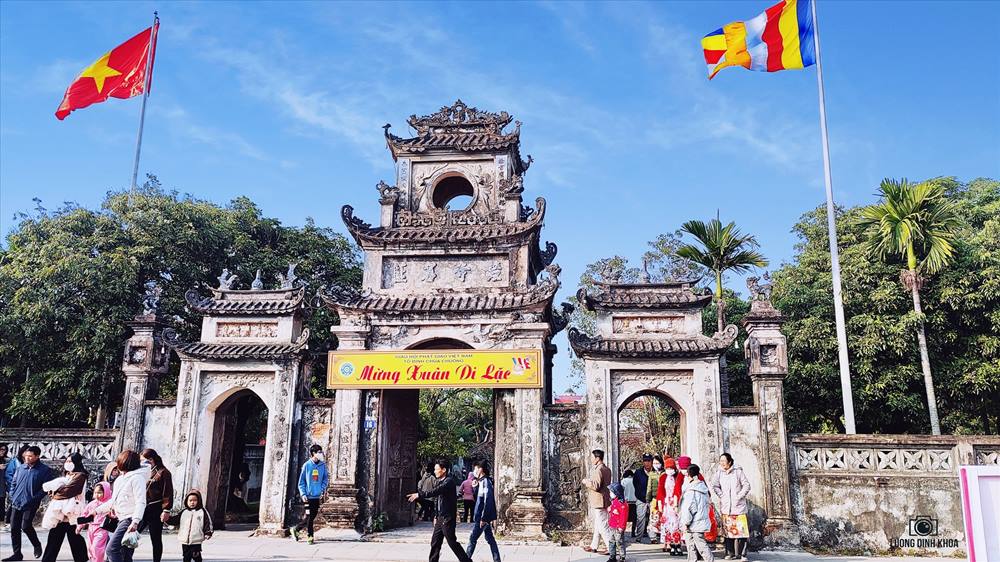
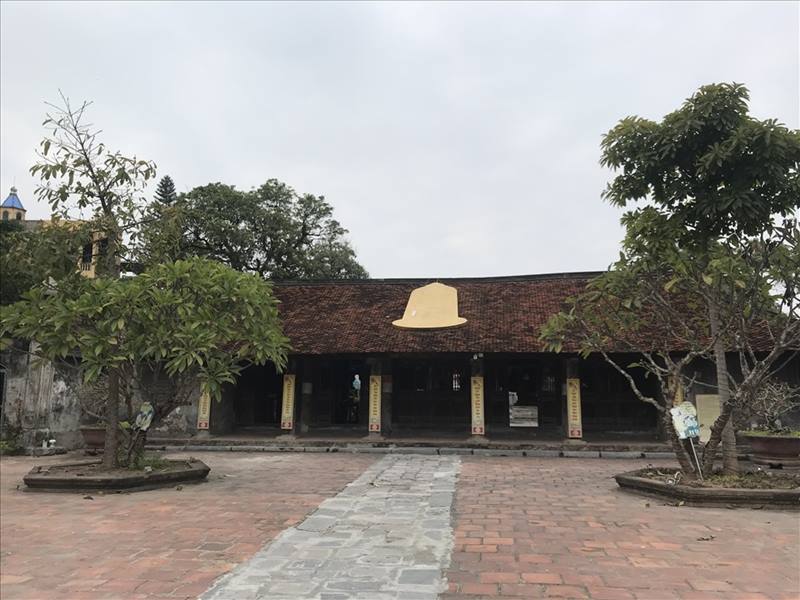
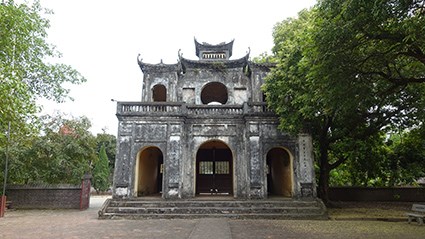
Hien Street still has many famous religious architectural works such as Mau Temple, Thien Hau Temple, Vo Mieu Temple... Many festivals associated with the relic are maintained annually, attracting visitors from all over the world.
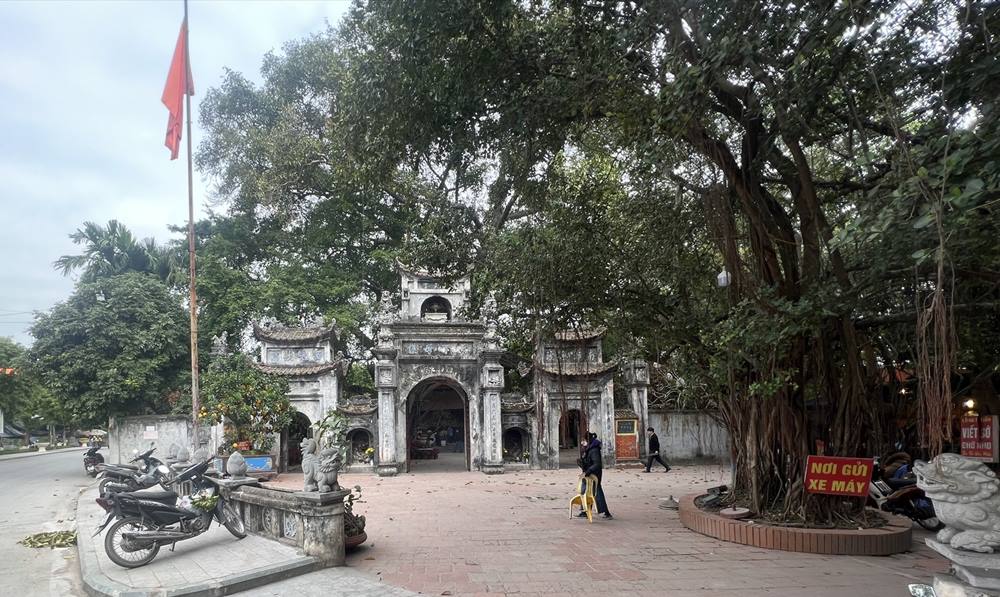
The complex of Hanoi Monuments located on the territory of the ancient Hanoi Monument (about 5 km2 in Hung Yen city) has been ranked as a Special National Monument.




